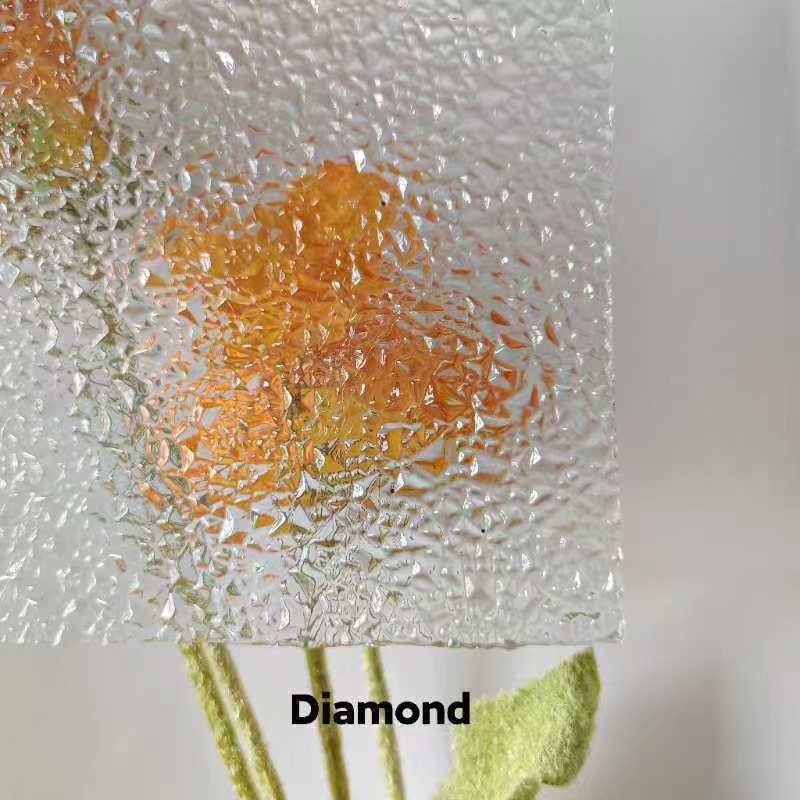

The Advantages of Low-E2 Glass in Modern Architecture
In the realm of modern architecture and construction, the choice of materials plays a crucial role in determining the energy efficiency, aesthetic appeal, and overall functionality of a building. One innovation that has garnered significant attention in recent years is Low-E2 glass, a type of energy-efficient glazing that continues to transform how we think about windows and façades in both residential and commercial structures.
The Advantages of Low-E2 Glass in Modern Architecture
One of the most compelling benefits of Low-E2 glass is its ability to enhance comfort within indoor spaces. By minimizing heat loss in winter and preventing unwanted heat gain in summer, occupants can enjoy a more consistent and pleasant indoor climate. This balance leads to less reliance on heating and cooling systems, which in turn reduces energy consumption. Moreover, the increased comfort levels contribute positively to the well-being and productivity of those who inhabit the space, making it an ideal solution for both homes and workplaces.

Another significant advantage of Low-E2 glass is its role in reducing glare and blocking harmful UV rays. The special coating of Low-E2 glass operates effectively to filter out a substantial amount of ultraviolet radiation. This characteristic not only protects the interior furnishings and materials from fading but also enhances the visual experience by minimizing glare, particularly in spaces with ample natural light. As a result, Low-E2 glass strikes a harmonious balance between natural light and comfort, creating environments that are both functional and aesthetically pleasing.
Moreover, the versatility of Low-E2 glass means it can seamlessly integrate into various architectural styles. Whether it’s a sleek modern structure or a more traditional design, Low-E2 glass can be tailored to fit the vision of architects and builders. Available in various thicknesses and optional tints, it allows for creative freedom while adhering to energy efficiency standards.
In conclusion, as the demand for sustainable and energy-efficient building solutions continues to grow, Low-E2 glass stands out as a premier option. With its ability to reduce energy costs, improve indoor comfort, protect interiors from UV damage, and complement diverse architectural designs, it is clear why Low-E2 glass is becoming a preferred choice in modern building projects. As we move towards a more sustainable future, the incorporation of Low-E2 glass in architecture is not only a practical decision; it is a statement of responsibility toward our environment. Embracing such innovations signifies a commitment to sustainability and a step closer to a greener planet.